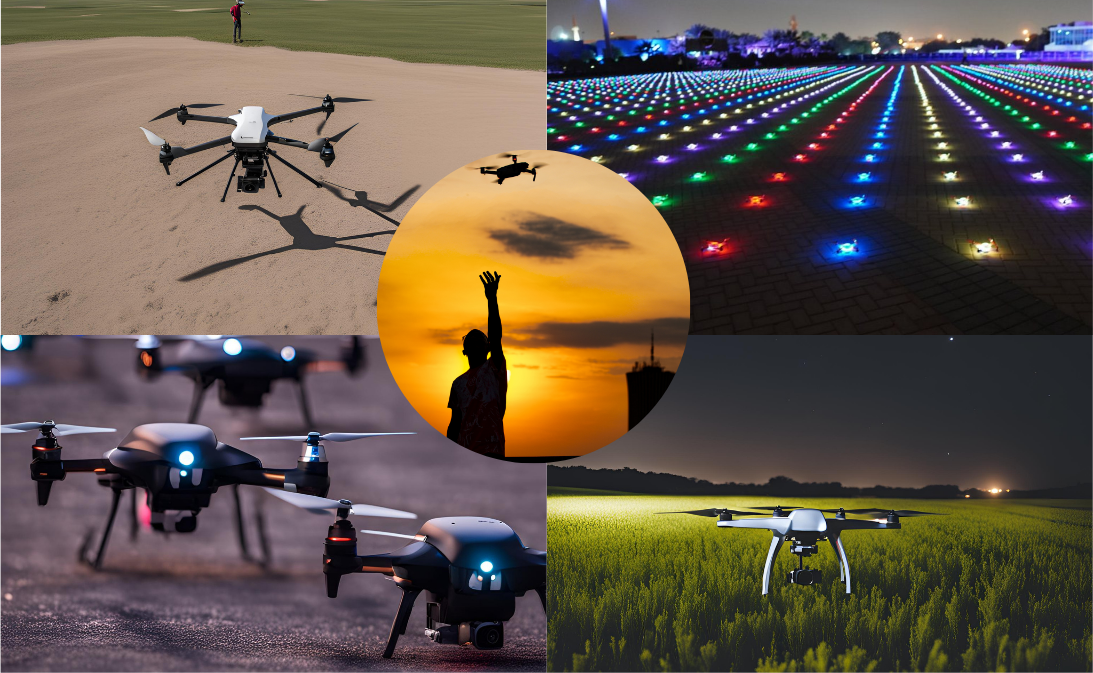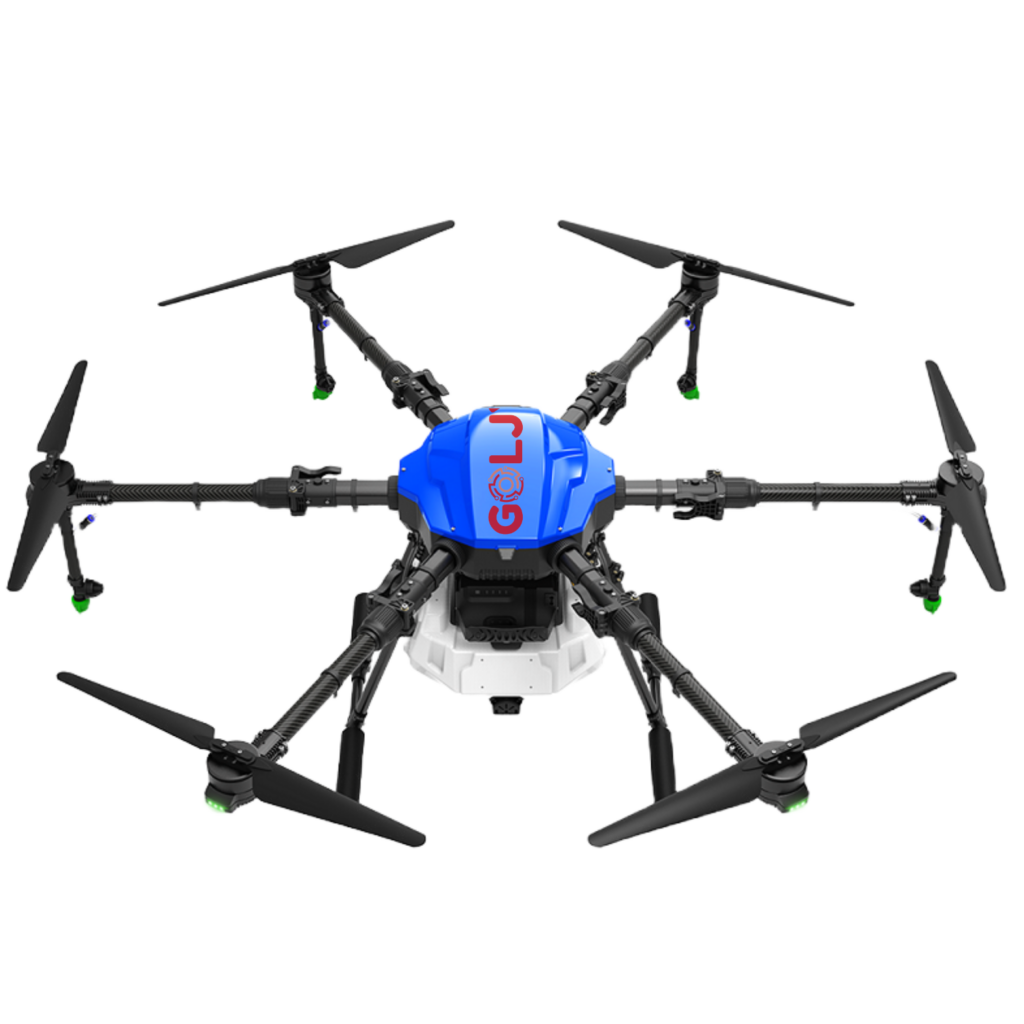Drone Training Program
Course Details



Drone Motors and Propulsion Systems
- Motor Selection: Learn the different types of motors used in drones (mainly brushless motors) and how to select the best motor based on drone size, weight, and intended application.
- Thrust, Torque, and Efficiency: Understand the physics behind flight, including how motors generate thrust and torque to lift and maneuver drones. Learn how to optimize motor efficiency for longer flight times.
- Motor Control Systems: Implement electronic systems (Electronic Speed Controllers - ESCs) to precisely control motor speed and thrust during flight, ensuring stable and efficient drone operations.
Agricultural Drones and Functionality
- Precision Agriculture: Explore how drones are used in precision farming to monitor crops, assess field conditions, and gather data with sensors like multispectral and infrared cameras.
- Automated Spraying Systems: Learn how to set up drones to automate spraying tasks such as pesticide application and fertilization, improving efficiency in agriculture.
- Sensor Integration for Farming: Learn to use various sensors (e.g., soil moisture, temperature) to optimize farming processes through real-time data collection and analysis.
- Fleet Management for Autonomous Farming: Learn how to manage multiple drones to work together in large fields, automating tasks like crop surveying and health assessment.
Illuminating the Sky: Essential Components for a Drone Light Show
- Designing Drone Light Shows: Learn how to program drones with LED lighting systems to perform synchronized light shows, creating dynamic and visually stunning aerial displays.
- Swarm Drone Control: Understand how multiple drones are controlled as a coordinated swarm, creating complex patterns and formations in the sky.
- Synchronization Algorithms: Implement algorithms to choreograph the movement and lighting of drones in perfect harmony, ensuring seamless performances during light shows.
Drone Assembly and Making
- Component Selection and Frame Design: Learn how to choose essential components (motors, flight controllers, frames) and design a robust, lightweight drone frame for various applications.
- Drone Wiring and Electronics: Assemble and wire the drone’s electrical systems, including motors, power distribution, and sensors, ensuring everything functions correctly.
- Programming the Drone: Program the drone’s flight controller to handle various tasks, from basic flight to complex maneuvers, and ensure sensors are calibrated for accurate data collection.
- Testing and Calibration: After assembling the drone, run tests and calibrations to check motor performance, flight stability, and responsiveness. Troubleshoot any technical issues.
Special Projects and Advanced Applications
- Robotics and Drone Integration: Learn how to integrate robotic systems with drones for advanced applications such as automated inspections, delivery systems, and search-and-rescue operations.
- Robotic Arm on Drones: Explore the addition of robotic arms to drones for performing tasks like object manipulation, industrial inspections, or repairs in inaccessible areas.
- Swarm Robotics: Dive into swarm robotics, learning how to control multiple drones simultaneously for large-scale operations like environmental monitoring or cooperative search-and-rescue missions.
Capstone Project
- End-to-End Drone System Design: Design and develop a fully functional drone system based on a real-world application, integrating everything learned in previous modules.
- Field Testing: Perform real-world tests of your drone system, refining design and performance based on the gathered data.
- Presentation and Defense: Present your final drone project to peers and instructors, showcasing its design, functionality, and impact on the industry, followed by a technical defense.
Assessment and Certification
Resources
Contact info
- City: Haldwani
- State: Uttarakhand
©2024 USMCIL – All Rights Reserved.

